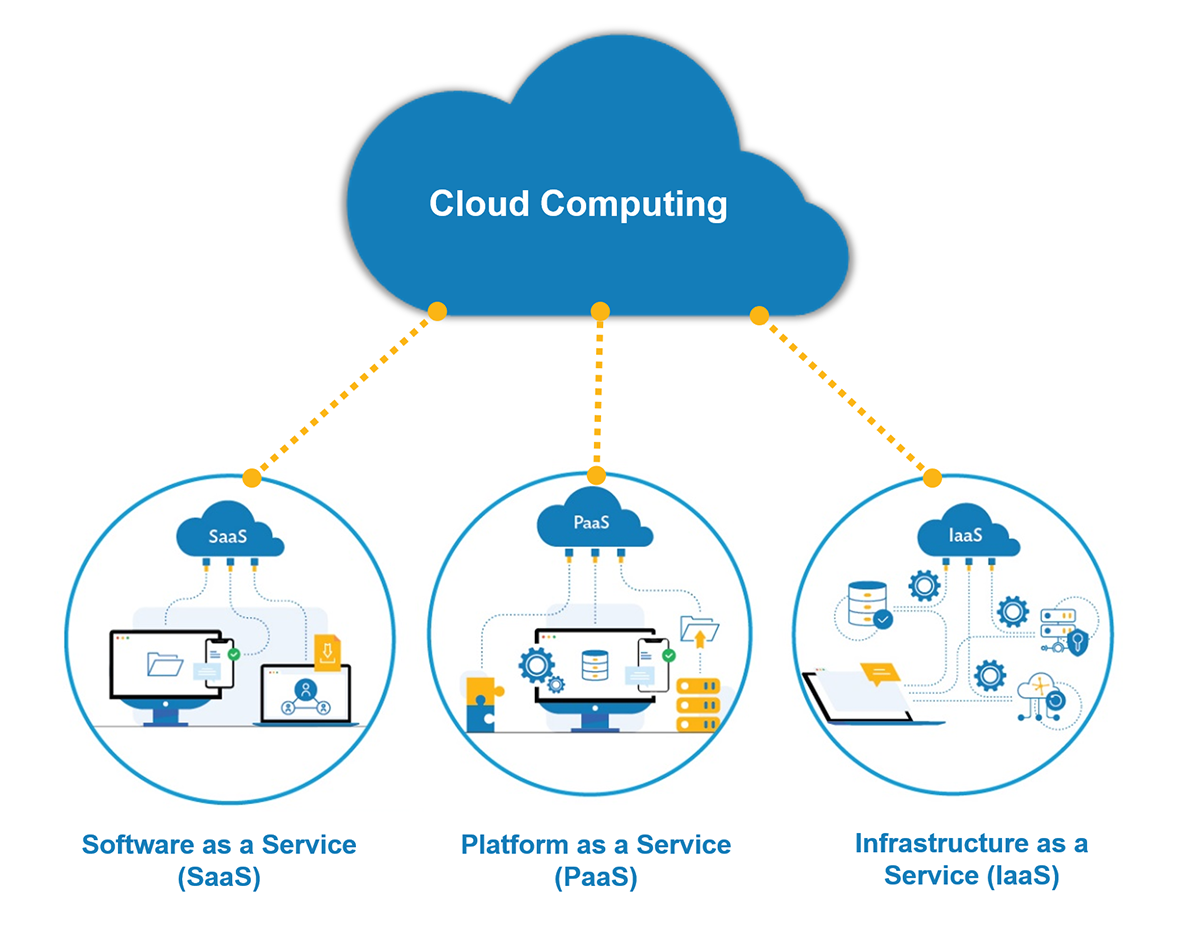Take Full Advantage Of Efficiency with LinkDaddy Cloud Services for Your Organization
Take Full Advantage Of Efficiency with LinkDaddy Cloud Services for Your Organization
Blog Article
Using the Possible of Cloud Providers for One-upmanship on the market

Benefits of Cloud Services

Cost-efficiency is an additional significant benefit of cloud solutions, as companies can avoid huge in advance investments in software and hardware. Instead, they can choose a pay-as-you-go version, only spending for the resources they take in. This cost-efficient method enables organizations to allocate funds more strategically, buying other areas that drive growth and technology. Overall, the advantages of cost-efficiency, adaptability, and scalability make cloud solutions an important possession for firms looking for a competitive edge in today's dynamic market landscape.
Cloud Migration Methods
Cloud movement needs precise preparation and smooth execution to guarantee a smooth transition of digital properties to cloud-based settings. Organizations starting this journey must first conduct a thorough analysis of their present IT infrastructure, applications, and information to identify the most ideal migration technique. One common method is the "Raise and Shift" method, where existing systems are relocated to the cloud without significant adjustments. This technique offers a fast migration process however might not fully take advantage of the benefits of cloud-native attributes.
Additionally, the "Replatforming" approach involves making small modifications to applications to maximize their performance in the cloud atmosphere. This approach strikes an equilibrium in between rate and optimization, allowing organizations to benefit from cloud capabilities while decreasing interruptions.
For even more complex systems, the "Refactoring" approach, also called "rearchitecting," includes upgrading applications to be cloud-native. While this method requires even more time and resources, it can make best use of the benefits of scalability, versatility, and cost-efficiency that cloud systems use.
Ultimately, choosing the ideal cloud migration strategy relies on variables such as the organization's goals, spending plan, timeline, and technological requirements. By meticulously evaluating these considerations, businesses can efficiently change to the cloud and gain a competitive edge in the marketplace.
Enhancing Data Safety And Security Actions
After implementing cloud movement approaches, organizations need to focus on improving data safety determines to safeguard their digital properties effectively. Information safety is vital in the digital age, particularly when leveraging cloud solutions that entail transmitting and keeping delicate details. To reinforce data protection, organizations must consider implementing encryption methods to protect information both at rest and en route. File encryption guarantees that even if unauthorized click over here now celebrations access the information, it remains muddled and unusable. Furthermore, carrying out multi-factor authentication includes an extra layer of safety and security by requiring users to give numerous types of confirmation prior to accessing delicate information.
Regular safety audits and vulnerability assessments are necessary to identify and attend to any type of powerlessness in the data safety framework immediately. Training workers on ideal techniques for data safety and implementing rigid gain access to controls can additionally minimize the threat of internal information breaches. By purchasing durable information security steps, organizations can instill trust among their customers and stakeholders, eventually getting an one-upmanship on the market.
Leveraging Cloud for Scalability
Applying cloud solutions allows companies to dynamically change sources according to demand, boosting scalability and maximizing functional efficiency. Scalability in the cloud context refers to the capacity to rapidly and conveniently increase or reduce resources as needed, providing businesses with the versatility to fulfill altering demands.
Moreover, leveraging cloud scalability enables services to respond without delay to market fluctuations, seasonal demands, or unexpected growth, making sure undisturbed service shipment without incurring unnecessary prices. By scaling sources up or down in real-time, companies can maintain ideal efficiency degrees while regulating expenses. Scalable cloud solutions encourage business to innovate rapidly, release new applications successfully, and adjust to developing organization demands with agility. On the whole, accepting cloud scalability is a strategic action that promotes competitiveness and settings organizations for sustainable development in today's vibrant market landscape.

Implementing Cloud-Based Partnership
Collaboration in modern service atmospheres has actually undergone a substantial change through the assimilation of cloud-based modern technologies. Cloud-based cooperation tools have changed the way teams collaborate, providing real-time communication, record sharing, and job monitoring capabilities no matter physical location. By applying cloud-based collaboration solutions, organizations can boost productivity, boost efficiency, and simplify process.
One of the key advantages of cloud-based collaboration is its capability to damage down communication obstacles amongst team members. With features like instantaneous messaging, video conferencing, and virtual whiteboards, staff members can work together effortlessly and remain connected no matter where they are located. Cloud-based collaboration devices help with very easy access to shared resources and papers, enabling group participants to function together on tasks in a synchronous fashion.
Additionally, cloud-based collaboration promotes versatility and dexterity within organizations by enabling remote work and promoting cross-functional synergy. Employees can team up in real-time, share comments quickly, and make choices collectively, resulting in quicker analytical and better development. Overall, executing cloud-based cooperation is vital for contemporary organizations seeking to stay affordable in today's fast-paced and interconnected market landscape.
Verdict
To conclude, the usage of cloud solutions supplies various advantages for companies seeking an one-upmanship in the market. By applying cloud migration approaches, enhancing data safety and security procedures, leveraging scalability, and using cloud-based collaboration, services can enhance performance, lower prices, and stay ahead of the competitors. Accepting the capacity of cloud solutions these details is crucial for organizations aiming to be successful in today's quickly developing business landscape.
The capability to harness the potential of cloud services supplies businesses countless advantages, from raised agility and scalability to boosted partnership and information safety. As companies navigate the complexities of cloud movement and discover cutting-edge methods to utilize cloud technology, the question develops: Just how can businesses successfully use cloud solutions to not just maintain up with yet also surpass their rivals in the dynamic marketplace?
Furthermore, the adaptability supplied by cloud services allows companies to gain access to information and applications from anywhere, advertising remote job and partnership amongst groups found in different geographical locations. - cloud services press release
By implementing cloud movement approaches, enhancing information security actions, leveraging scalability, and making use of cloud-based collaboration, services can improve efficiency, minimize expenses, and remain in advance of the competitors. Embracing click for info the capacity of cloud services is crucial for companies looking to do well in today's swiftly developing organization landscape.
Report this page